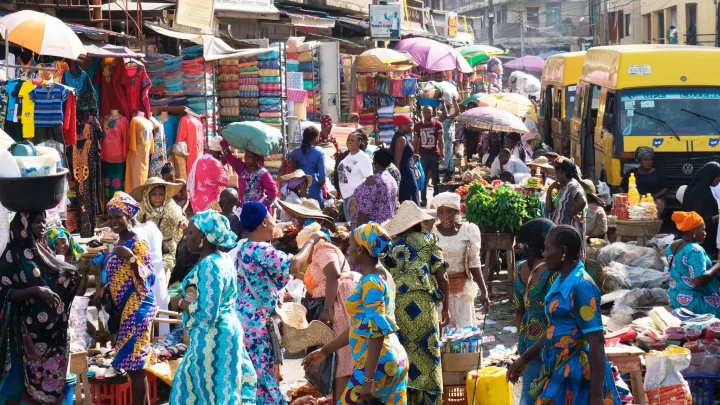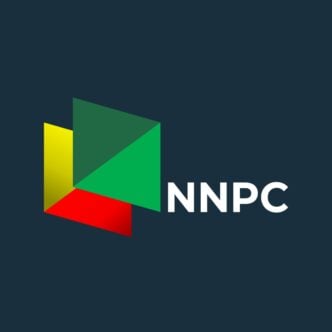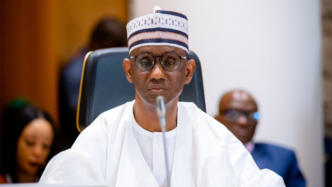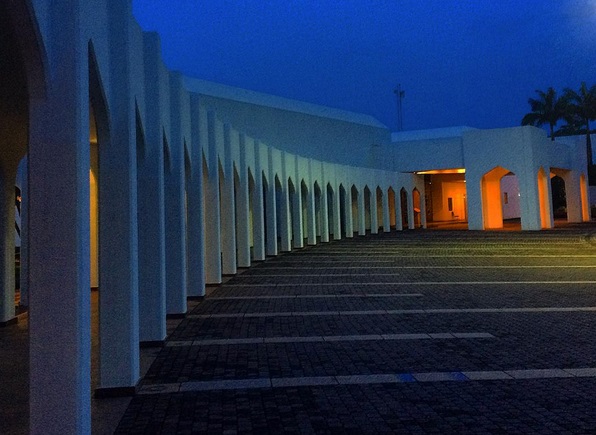With Anambra State having a population growth rate of 2.21% and over 60% of its population living in urban areas, it is a no brainer that the pressure on public infrastructure in urban areas – which like most major cities in Nigeria had not followed a strict masterplan over the years – would be enormous. So, while the Governor Chukwuma Soludo-led administration is repurposing existing urban areas in Anambra, the administration has concluded the land acquisition, masterplan and engineering designs for the construction of three brand-new smart mega cities, which will be known as Awka 2.0, Onitsha 2.0 and the Anambra Mixed Used Industrial City (AMIC).
Actually, Africa’s major cities – megacities such as Kinshasa, Cairo and Lagos – are well known for poor planning and in many cases haphazard developments. For example, in some cities in Nigeria many developers have built new homes on waterways and on areas originally marked as green areas. Today, in some major cities in Africa, it would be almost impossible to provide well reticulated underground sewage, gas, electrical and water systems in built-up areas. Reason: many town planners and government agencies might not have considered that dedicated areas for these services ought to have been provided for before the commencement of any building. And to be fair to some private developers, you cannot blame them for this negligence in some cases.
When the Governor Chukwuma Soludo-led administration started the construction of the Ekwulobia Flyover – which is about one of the longest flyovers in the south east and would be completed in a few weeks – over 500 houses had encroached on the flyover’s right of way. The case was the same when the superhighway linking Imo State through Awka was started a few months ago. In fact, the preliminary design of Anambra’s rail masterplan by the Canadian company, CPCS Transcom Limited, revealed that over 5,000 buildings were in the right of way of the railway system which would crisscross Anambra’s major cities – Awka, Nnewi, Onitsha and Ekwulobia. In the on-going water reticulation works in major cities in Anambra, engineers found out that many developers had built on underground waterlines that were constructed in the 80s, apparently because many people grew up to see them as not functioning. (Some gen-Z and millennials might not even know that there was a point in Nigeria’s history when many of our public water systems were functional).
It is not going to be easy to turn some of our present cities in Nigeria into the kind of cities we see in Europe. But Anambra has a plan which, of course, has a human face. The government plans to work with communities to remodel and develop poorly planned communities in a manner that would not impact peoples’ properties and livelihood. But the grand plan is to build brand new smart and eco-friendly cities in virgin lands. In fact, it is easier to start from the scratch in some cases: We see this in the new capital cities being built in Egypt and Indonesia.
Advertisement
The acquisition of 5,000 hectares of land has already been completed along the Amansea -Ufuma road for a brand-new and eco-friendly city known as Awka 2.0. This new city will be home to over 500,000 people (i.e. an average population density of 100 persons per hectare). The city will have well-planned sewage, fibre optics, drainage and power facilities. The masterplan is almost complete and the vision is to have a smart city.
The same applies to the new city in the bank of the River Niger that would be known as the Onitsha 2.0. The acquisition of 4,000 hectares of land in the proposed location of the city is almost complete. The plan is to have a waterfront smart city that would power the economic activities of Onitsha, which is home to the biggest market in West Africa. With Onitsha 2.0, the role Canary Wharf plays in the city of London comes to mind.
The third city is a free-trade zone known as the Anambra Mixed Used Industrial City (AMIC). The engineering design and planning for this city is almost complete. AMIC will be located in the Orumba North District of Anambra on a 4,000-hectare piece of land. AMIC will be developed for the manufacturing of industrial components. It will have agro and food processing plants, pharmaceutical manufacturing industries, automobile assembly plants, textile industries and various manufacturing outfits with state-of-the-art infrastructure in order to attract and support investments.
Advertisement
These cities fall within the grand vision of Governor Soludo to re-purpose Anambra. Nobody says it is going to be easy but Governor Soludo is determined to change the narrative in the south east.
The plan is to have a private sector-led development model with the state government providing all the necessary supports and some investments as well. Issues that have plagued housing and infrastructural development in Nigeria, such as the huddles in getting titles, right of way issues, community resistance and the lack of harmonized building codes, will be addressed in the proposed development of these new cities.
Anambra plans to attract big businesses – big national and global companies – to its new smart cities. These big investments will catalyze economic growth and provide the capital for the smart cities of our dream in Anambra. The new cities will create millions of jobs and lift millions of people out of poverty, as well.
Fundamentally, issues such as power generation and the security of the region are aggressively being addressed, as these will also impact on the pace of growth of the new cities. In the coming months, Anambra’s electricity law and policies will be unveiled. In terms of security, the government is using a combination of ‘community policing’ and tech to make Anambra safer. Anambra is safe and ready for business.
Advertisement
The future of Anambra and the south east is bright! This is a good time to invest in the new cities in Anambra.
Nwankwo is the special adviser to Soludo on special projects.
Views expressed by contributors are strictly personal and not of TheCable.
Add a comment









